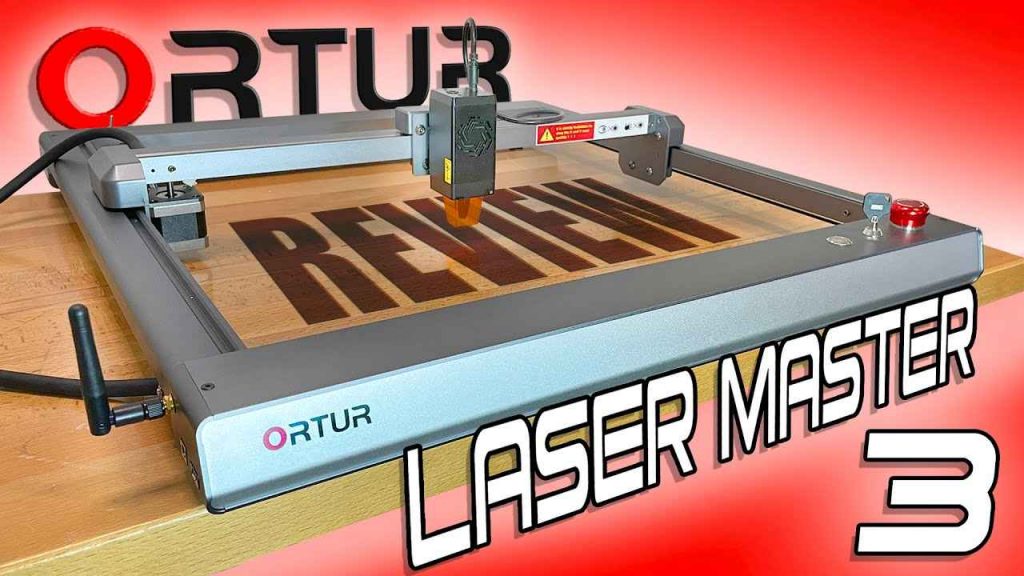Laser-cutting machines are used in hundreds of distinct industries. They provide high-precision, high-power cutting solutions and can work with a vast range of materials. The laser, one of the most important scientific innovations of the 20th century, was first used for cutting in 1965 using the machine invented by Kumar Patel at Bell Labs. This was only 5 years after Theodore Maiman had created the first usable laser at Hughes Labs.
Modern laser cutting machines are often linked directly to computers running Computer Aided Design software. This software enables designers to turn digital blueprints into physical objects using laser cutters, 3D printers, and other highly automated resistant materials tools. This article is a quick guide to the three main kinds of laser cutting machines in use in 2022.
-
Crystal
The very first lasers used crystals to artificially create high-power oscillated light. These early lasers produced at Hughes Labs used ruby crystals combined with commercially available high-powered lights. These days, garnets are the most sought-after crystal used to amplify optical strength. Several other crystal types are commonly used.
Laser-cutting machines that use crystals to amplify light can create incredibly concentrated beams that are suitable for cutting through relatively thick materials. Thick plastics, metals, and ceramics are typically cut with laser-amplified cutters. Crystal-amplified lasers can be very expensive to run, as they require a great deal of power to work.
-
C02
C02 laser cutters contain a glass tube filled with gasses – including C02. These gasses are then electrified, which forces them to produce intense light. These cutters usually produce a wavelength of 10.2 mm. These are by far the most common laser-cutting machines on the market – largely due to their energy and cost efficiency. These cutters are commonly used for the division of thin glass, plastic, and leather. If you buy the right machine, you can cut thicker materials safely (like 18mm MDF) and increase the cutting speed.
As in most lasers designed to cut through materials, C02 laser cutting machines contain a series of mirrors. Once a beam is created within the gas tube, it is then amplified by being bounced back and forth between these mirrors. Before exiting the machine, the beam is passed through a ‘focus lens’. This lens further focuses the beam so that it can be used for more precise cutting.
With C02 machines, you have plenty of options on the market to find the suitable option for you, whether you need to cut very thick materials or do a lot of cutting in one day.
-
Fiber
Fiber laser cutting machines are the most modern of the three designs mentioned in this article. They work similarly to C02 cutters in many ways but have some distinct advantages when used for some applications. Light is generated and injected through a fiber thread, which can be aligned without additional mirrors. The lack of mirrors means that fiber laser cutting machines take far less time to calibrate than their crystal or C02-amplified ancestors. Fiber-amplified lasers use a relatively small amount of power in comparison to crystal and gas-cutting tools. They are perfect for use in cutting up uncoated metal sheets.
Follow Techdee for more!
